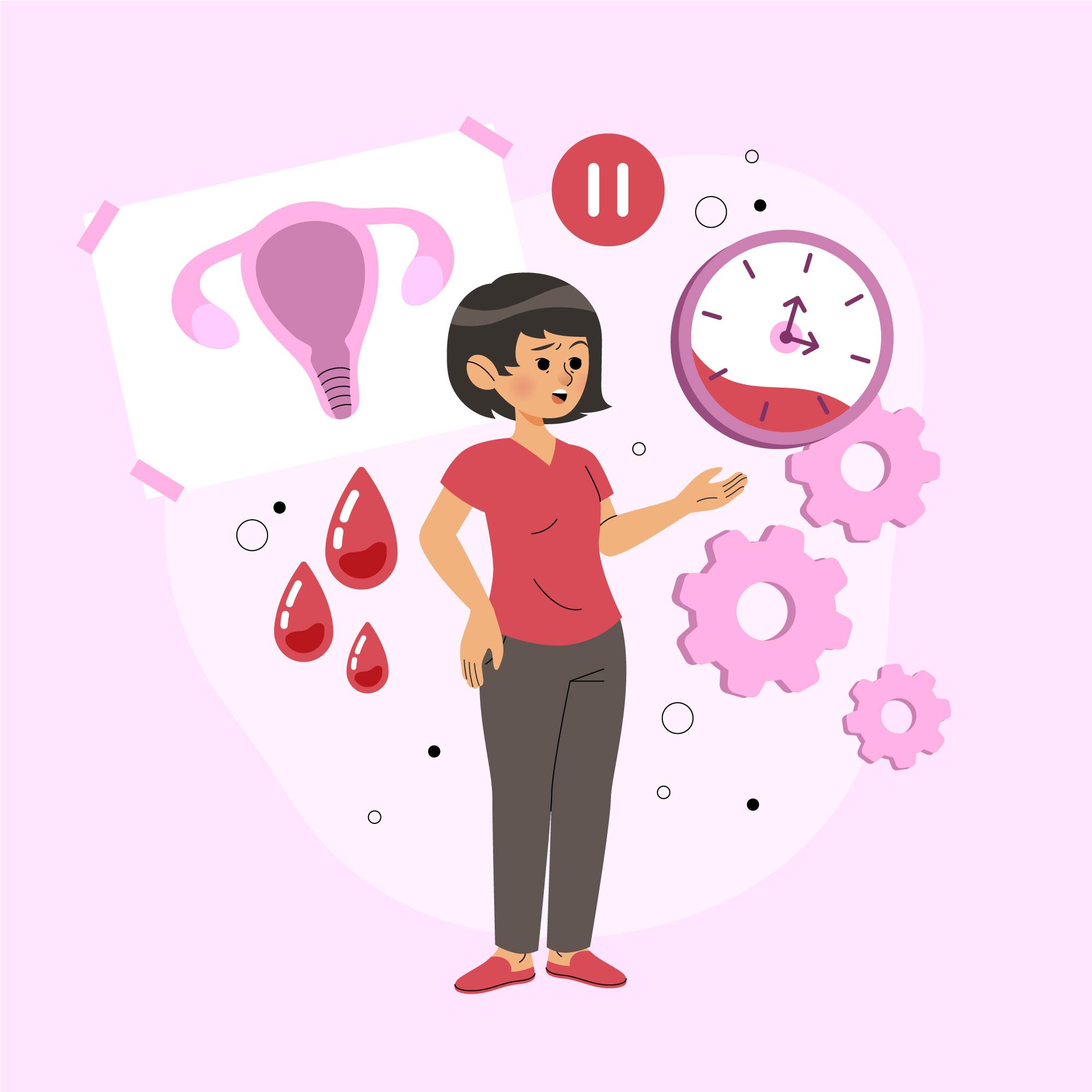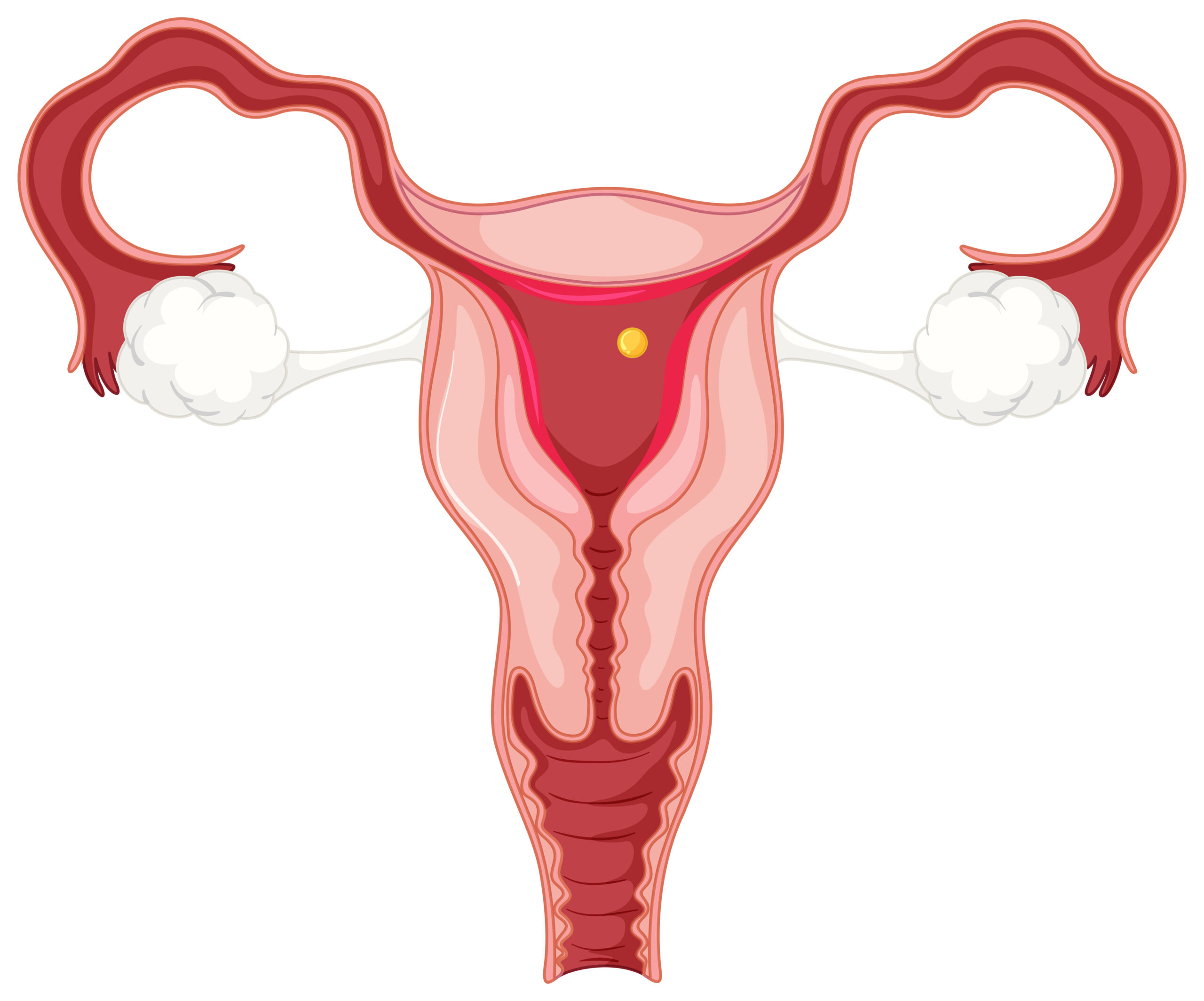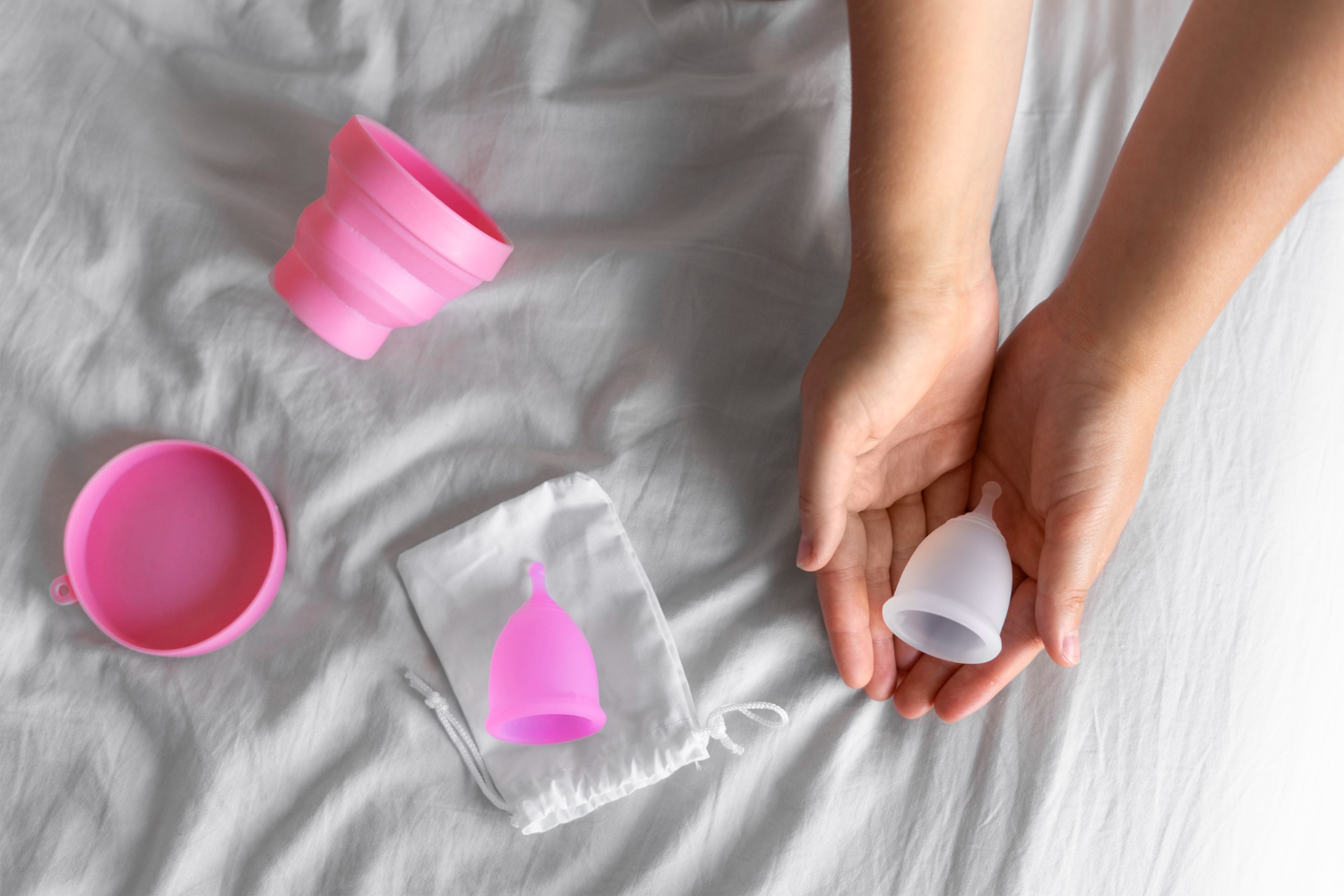How To Deal With Anxiety Disorders: Types, Causes, Symptoms, Treatments
What Are Anxiety Disorders?
An anxiety disorder is described as a mental health condition where the intense feeling of anxiousness stays with you and is strong enough to interfere with your life. They differ from momentarily feeling anxious, which is unpleasant but does not stray you away from your everyday life. An anxiety disorder may make you feel emotionally burdened, and this fear of feeling stays with you all the time.
Making one feel both emotionally and physically burdened or stressed. In people who suffer from an anxiety disorder, the part of the brain responsible for processing emotions is overactive. Hence, in anxiety, our brain goes under fight or flight situations that become more frequent.
Types Of Anxiety Disorders:
1. Generalized Anxiety disorder (GAD) is the most common disorder to be diagnosed. A GAD sufferer can worry or feel anxious about a number ranging from school or work to their family life at home. People with GAD suffer from severe and persistent tension.
2. Social Anxiety Disorder: Social anxiety, also known as SAD, refers to the fear of public situations and exposure to unfamiliar people. SAD sufferers tend to avoid problems in which they are in the spotlight because they are worried they will be embarrassed or judged by others. The thought or the anticipation alone of an upcoming social situation can cause significant anxiety-related symptoms like panic attacks or severe stomach pains.
3. Panic Disorder: The difference between a panic attack and an anxiety disorder is that a panic attack becomes a disorder when an individual experiences panic attacks in their lifetime. Panic attacks are intense bursts of fear followed by physical symptoms like cold sweats, muscle stiffness, or trembling.
4. Separation Anxiety Disorder: This disorder is more common in children than adults. Even the slight thought of separation causes great stress to some people. These people worry that unexpected events can lead to a split from the ones they are attached to. They also fear losing their attachment figure, which leads to stress. Separation anxiety may also make a person feel alone.
5. Specific Phobia: These are persistent and extreme fears about a specific object or a situation and cause a ton of stress to the sufferer. Phobias can be environmental. Like Agoraphobia, the fear of heights, or they can even range up to situational like taphophobia, the fear of being buried alive. Some common well know n examples also include hydrophobia (fear of water) and claustrophobia (fear of packed spaces)
6. Obsessive Compulsive Disorder (OCD) and Post Traumatic Stress Disorder (PTSD): They are categorized by many psychiatrists as disorders to be grouped with the anxiety mentioned above disorders. Recently, new findings about these disorders have made them unique enough to be in their categories. However, their different grouping does not suggest they are any easier to deal with. Usually, disorders like SAD, GAD, panic disorder, and phobias are grouped. Is it that sufferers of these anxiety disorders experience future-oriented fear?
OCD differs even though there is anxiety felt in sufferers’ obsession. They can find temporary relief in their ritualistic compulsions. For people suffering from OCD, it affects daily living. Those with PTSD may suffer anxiety-like symptoms similar to GAD or public disorder. Still, PTSD is unique, and that is past-oriented, making the sufferers suffer in the event of their traumatization.
Anxiety Disorder Symptoms
Anxiety disorder is a mental health condition characterized by excessive and persistent worry, fear, and nervousness that can interfere with daily activities. The symptoms of anxiety disorder can vary depending on the individual and the severity of the condition, but some common symptoms include the following:
Excessive worry and fear: People with anxiety disorder experience persistent and intense worry and fear about everyday situations and activities, even when there is no immediate threat.
Restlessness and irritability: Anxiety can cause restlessness and irritability, making it difficult to concentrate and relax.
Difficulty sleeping: Many people with anxiety disorder have trouble falling or staying asleep due to racing thoughts and worry.
Muscle tension: Anxiety can cause physical symptoms such as muscle tension and aches, especially in the neck, shoulders, and back.
Fatigue: People with anxiety disorder often feel tired and exhausted due to constant stress and worry.
Panic attacks: Some people with anxiety disorder experience sudden and intense fear and panic, often accompanied by physical symptoms such as rapid heartbeat, sweating, and shortness of breath.
Avoidance behaviour: People with an anxiety disorder may avoid certain situations or activities that trigger their anxiety, leading to social isolation and daily difficulties.
If you want to know if you have anxiety take our anxiety symptoms quiz here.
How To Deal With Anxiety Disorders
Dealing with anxiety disorders can be a challenging and complex process, but there are several steps you can take to manage your symptoms and improve your overall well-being. Here are some tips that may help:
Seek professional help: The first step in dealing with an anxiety disorder is to seek help from a mental health professional. A therapist or psychiatrist can provide you with a proper diagnosis and recommend a treatment plan tailored to your needs.
Practice relaxation techniques: Learning relaxation techniques, such as deep breathing, progressive muscle relaxation, and mindfulness meditation, can help you reduce anxiety symptoms and manage stress.
Exercise regularly: Regular exercise is a natural and effective way to reduce anxiety and improve your overall mood. Exercise can also help you sleep better and feel more energized.
Get enough sleep: Lack of sleep can exacerbate anxiety symptoms, so it’s important to get enough sleep every night. Aim for seven to nine hours of sleep per night and establish a regular sleep schedule.
Eat a healthy diet: Eating a healthy and balanced diet can help you manage anxiety symptoms and improve your overall health. Avoid caffeine and alcohol, which can exacerbate anxiety symptoms.
Challenge negative thoughts: Anxiety can cause negative and irrational thoughts. Identifying and challenging these thoughts can help you gain a more realistic perspective and reduce anxiety symptoms.
Build a support network: Surround yourself with supportive friends and family members who can provide emotional support and help you manage stress.
FAQ
Ways To Calm An Anxiety Attack
Focus on your breathing: Take slow, deep breaths, focusing on your breathing as you inhale and exhale. This can help you slow down your breathing and calm your body.
Practice progressive muscle relaxation: Tense and release each muscle group in your body, starting with your feet and working your way up to your head. This can help you release physical tension and reduce anxiety symptoms.
Use grounding techniques: Grounding techniques can help you focus on the present moment and reduce feelings of panic. Try focusing on your senses, such as what you can see, hear, smell, and feel around you.
Challenge negative thoughts: Anxiety attacks can be triggered by negative and irrational thoughts. Challenge these thoughts by reminding yourself that they are not based on reality and that you can change them.
Use calming visualization: Visualize a peaceful and calming scene, such as a beach or a forest, and imagine yourself in that environment. This can help you reduce anxiety symptoms and feel more relaxed.
Engage in self-care activities: Engage in activities that make you feel relaxed and calm, such as taking a warm bath, listening to calming music, or reading a book.
How To Help Someone With Anxiety
If you have a loved one or friend who is struggling with anxiety, there are several ways you can support them:
Be present and listen: Simply being there for your loved one and listening to their concerns can be incredibly helpful. Allow them to express their feelings without judgment or interruption.
Please educate yourself about anxiety: Learn more about anxiety disorder and its symptoms to understand better what your loved one is going through.
Encourage them to seek professional help: Encourage your loved one to seek help from a mental health professional. Offer to help them find a therapist or psychiatrist and attend appointments.
Offer practical help: Offer to help your loved one with practical tasks, such as grocery shopping or running errands, especially if their anxiety is making it difficult for them to complete these tasks.
Be patient and understanding: Anxiety can be challenging and ongoing, and recovery may not happen overnight. Be patient and supportive of your loved one’s journey.
Avoid judgment and criticism: Avoid criticizing or judging your loved one’s behaviour or symptoms; instead, offer encouragement and support.
Types Of Anxiety Medications
Several types of medications are used to treat anxiety disorders. Here are some of the most common types:
Selective serotonin reuptake inhibitors (SSRIs): SSRIs are a type of antidepressant that are commonly used to treat anxiety disorders. They work by increasing serotonin levels in the brain, which can help reduce anxiety symptoms. Examples include fluoxetine (Prozac), sertraline (Zoloft), and paroxetine (Paxil).
Serotonin-norepinephrine reuptake inhibitors (SNRIs) are another antidepressant commonly used to treat anxiety disorders. They work by increasing the levels of serotonin and norepinephrine in the brain, which can help reduce anxiety symptoms. Examples include venlafaxine (Effexor) and duloxetine (Cymbalta).
Benzodiazepines: Benzodiazepines are a type of sedative used to treat anxiety disorders in the short term. They enhance the activity of a GABA neurotransmitter, which can help reduce anxiety symptoms. Examples include alprazolam (Xanax), lorazepam (Ativan), and diazepam (Valium).
Beta-blockers: Beta-blockers are a type of medication commonly used to treat high blood pressure but can also be used to treat anxiety disorders. They work by blocking the effects of adrenaline in the body, which can help reduce physical symptoms of anxiety, such as rapid heart rate and trembling. Examples include propranolol (Inderal) and atenolol (Tenormin).
How To Stop Being Anxious
Anxiety can be challenging to manage, but several strategies can help reduce anxiety symptoms. Here are some tips for managing anxiety:
Practice relaxation techniques: Relaxation techniques, such as deep breathing, meditation, or progressive muscle relaxation, can help reduce anxiety symptoms and promote a sense of calm.
Challenge negative thoughts: Anxiety is often fueled by negative and irrational thoughts. Challenge these thoughts by questioning their validity and replacing them with more positive and realistic thoughts.
Exercise regularly: Exercise is a natural stress reliever and can help reduce anxiety symptoms. Aim for at least 30 minutes of moderate exercise per day.
Get enough sleep: Lack of sleep can increase anxiety symptoms, so it’s important to get enough sleep each night. Aim for 7-9 hours of sleep per night.
Practice mindfulness: Mindfulness involves paying attention to the present moment without judgment. This can help reduce anxiety symptoms and promote a sense of calm.
Seek professional help: If anxiety significantly impacts your daily life, seeking help from a mental health professional, such as a therapist or psychiatrist, may be helpful.
Everyone experiences anxiety differently, and finding what works best for you may take time and patience. Be kind to yourself and seek support if you need it.






Pingback: Do I Have Anxiety Quiz? Get Instant Results - TheEverythingInfo